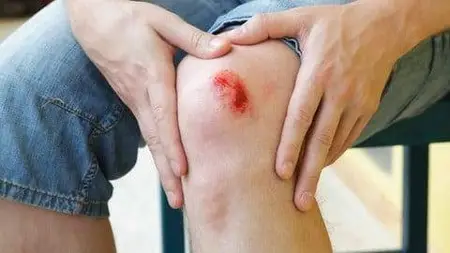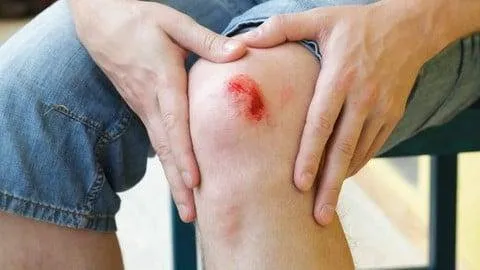2025 Wound Care Essentials
Last updated 2/2025
MP4 | Video: h264, 1920x1080 | Audio: AAC, 44.1 KHz
Language: English | Size: 3.38 GB | Duration: 3h 9m
Last updated 2/2025
MP4 | Video: h264, 1920x1080 | Audio: AAC, 44.1 KHz
Language: English | Size: 3.38 GB | Duration: 3h 9m
Wound care has revolutionised with new investigative and treatment methods in General Surgery and Trauma
What you'll learn
The history of wound care
Wound types, including pressure ulcers, vascular wounds, and diabetic wounds
Stages of pressure ulcers, risk factors, and prevention strategies
Importance of patient positioning, nutrition, and incontinence management
Wound assessment, debridement techniques, and dressing selection
Highlighting the crucial role of maintaining a moist wound environment to promote healing
Common skin disorders that can complicate wound care.
Requirements
Basics of anatomy and Physiology of Human.
Description
Wound care traces its history from ancient practices using natural remedies like honey and vinegar to modern techniques. The course material details various wound types—acute, chronic (pressure ulcers, venous ulcers, diabetic foot ulcers)—and their respective etiologies and stages. Modern treatments described include debridement, dressings, antibiotics, growth factors, and skin substitutes, along with managing underlying patient conditions. The course material also addresses complexities such as biofilms and infection. Finally, it emphasizes the importance of addressing systemic issues impacting wound healing.Comprehensive guide to wound care, covering various wound types, including pressure ulcers, vascular wounds, and diabetic wounds is covered. It details the stages of pressure ulcers, risk factors, and prevention strategies, emphasizing the importance of patient positioning, nutrition, and incontinence management. The course material also explains wound assessment, debridement techniques, and dressing selection, while highlighting the crucial role of maintaining a moist wound environment to promote healing. Finally, it discusses common skin disorders that can complicate wound care.Practical wound management & self care : covers various aspects of wound management. The course material details different wound types, assessment methods (including the TIME model), and treatment approaches. It also addresses challenges faced by homeless individuals in accessing wound care and emphasizes the importance of patient education and self-care. Finally, the course material includes case examples and discusses infection prevention and the use of antimicrobials.So, enrol soon using the limited time discount and help others.
For anyone who would like to understand the science of wound care as Physician, Nurses, Researcher, Assistant, Physiologist



